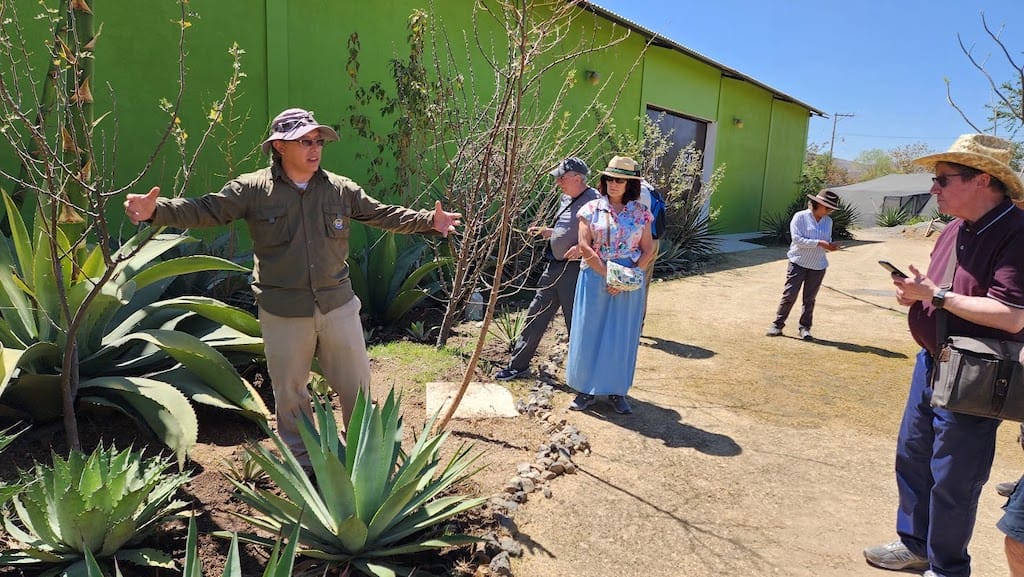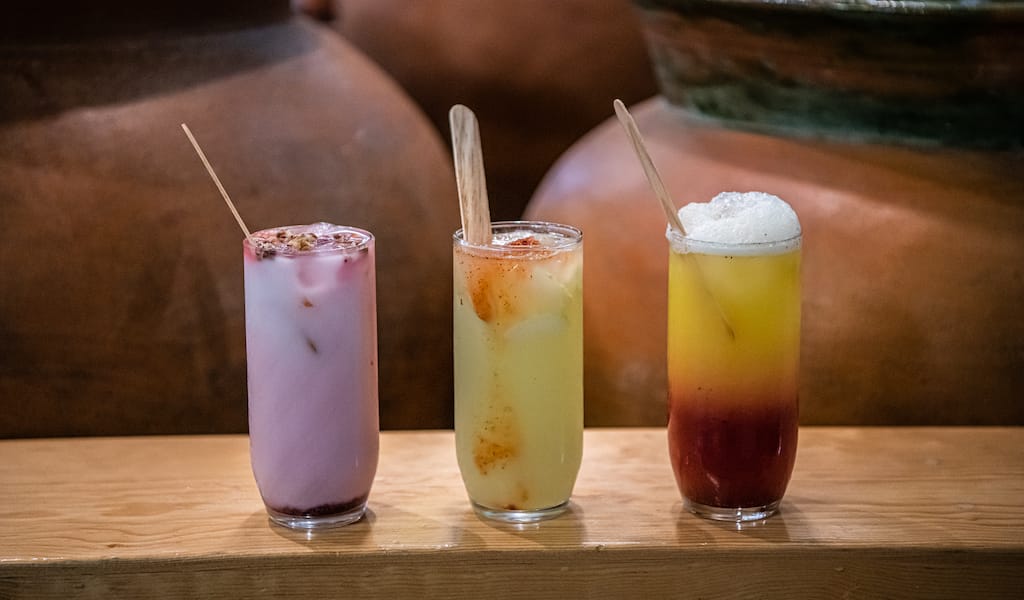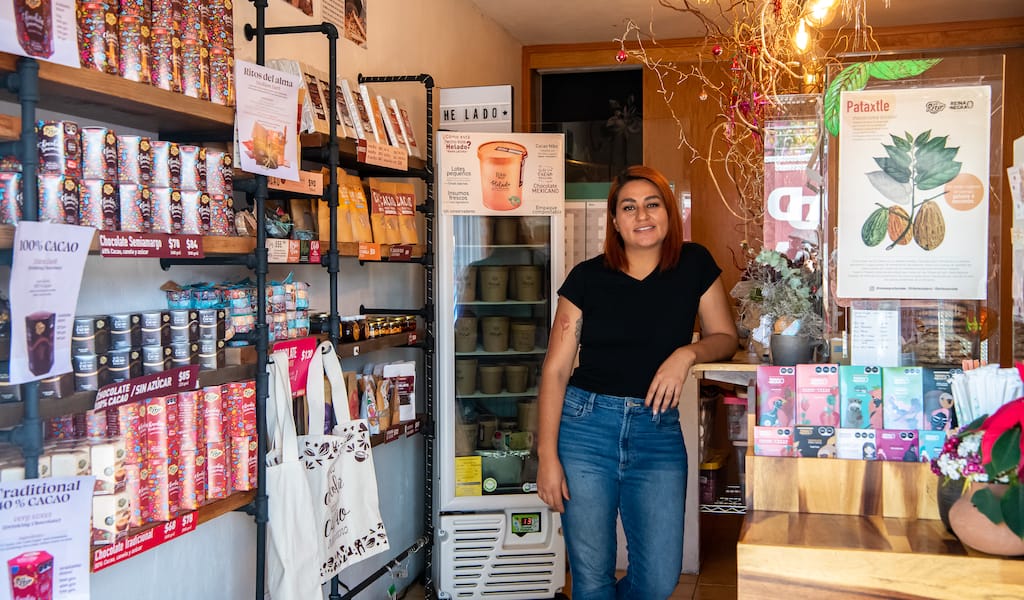Traveling through Oaxaca, the impact of the mezcal boom is evident. In Oaxaca City, mezcalerias can now be found on almost every corner, while in the countryside rows and rows of freshly planted agave can be seen in fields that had previously been devoted to other crops. What’s harder to discern is the worrying impact this boom is having on Oaxacan agriculture and the local ecosystem.
This past May, Real Minero and the descendants of Lorenzo Ángeles Mendoza, the brand’s founder, took an important step toward addressing this issue by inaugurating the first agave seed bank in Mexico, which they hope will help maintain both the agave plant’s diversity as well as help to preserve ancient farming methods. This important event took place in the town of Santa Catarina Minas, about 25 miles south of Oaxaca City and part of the Valle Centrales region, one of the most important sites for Oaxacan mezcal.
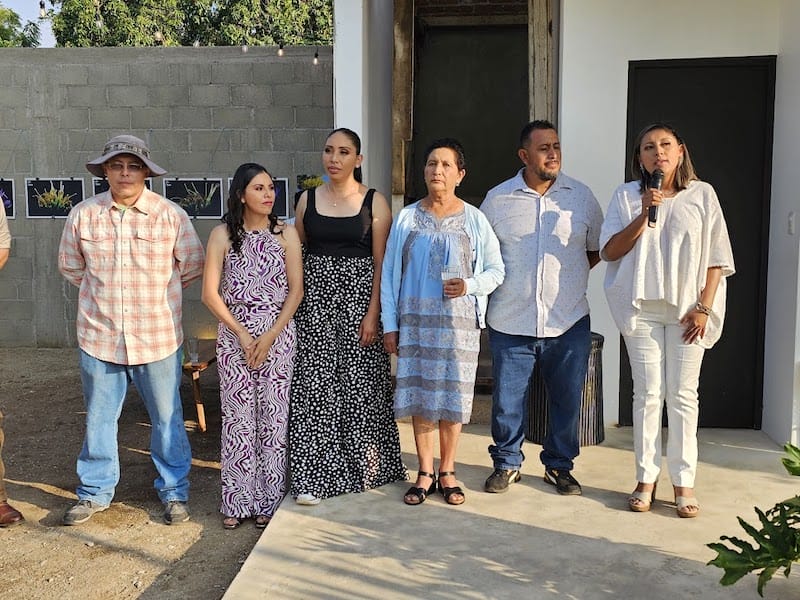
The history of Real Minero dates back to the end of the 1800s. In those times, palenqueros (mezcal makers) had to produce the spirits in remote areas using rudimentary tools. The late Don Lorenzo dedicated his life to honor and preserve these old techniques in order to create his mezcal. He was not only a maestro mezcalero but also a pioneering conservationist. He realized that the biodiversity of the agroforestry systems where the maguey plants used for mezcal grow and share space with other plants is essential for the survival of the species. Thanks to his efforts, Real Minero obtained its Organic Product Certification in 2008. His children, Edgar, Graciela, Miriam and Adriana, decided to launch Proyecto LAM, named in his honor, to continue with Don Lorenzo’s goal: to work today to make sure there will be mezcal for future generations.
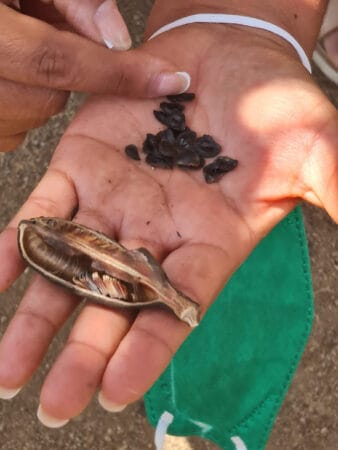
Proyecto LAM’s mission is the recuperation, preservation and propagation of local agave through its seeds. One of the first steps the organization took was to open a local public library, the Biblioteca Comunitaria El Rosario, which has become a space to discuss, learn and share the knowledge about the agave’s circle of life.
Real Minero’s botanical garden is another great achievement and the next step in their efforts. The garden is dedicated to the study and documentation of the different stages of local plant life. Fourteen different agave varieties have now been successfully reproduced here. All these efforts have been no easy task – there aren’t many current studies about the plants that have been used in Mexico since ancestral times to produce the spirit today known as mezcal. Biologist Matías Dominguez Laso is the resident expert at Proyecto LAM. He has been documenting the whole process, step by step, of the phenology and bloom of the agave, which – in the case of most of the endemic species – happens only once during the plant’s life cycle.
Graciela Ángeles Carreño, one of Don Lorenzo’s daughters, explains that thanks to her father’s agroforestry work in coordination with other cooperatives such as Sansekan, Grupos de Estudios Ambientales AC, Redes Temáticas Conacyt, they realized that the production of mezcal is an important link in a harmonious, healthy and sustainable local ecosystem, where every factor matters. That’s why the Project works to encourage participation not only of the farmers, but of the community as a whole, as preservation of nature and ancestral agricultural techniques are essential to helping mezcal survive.
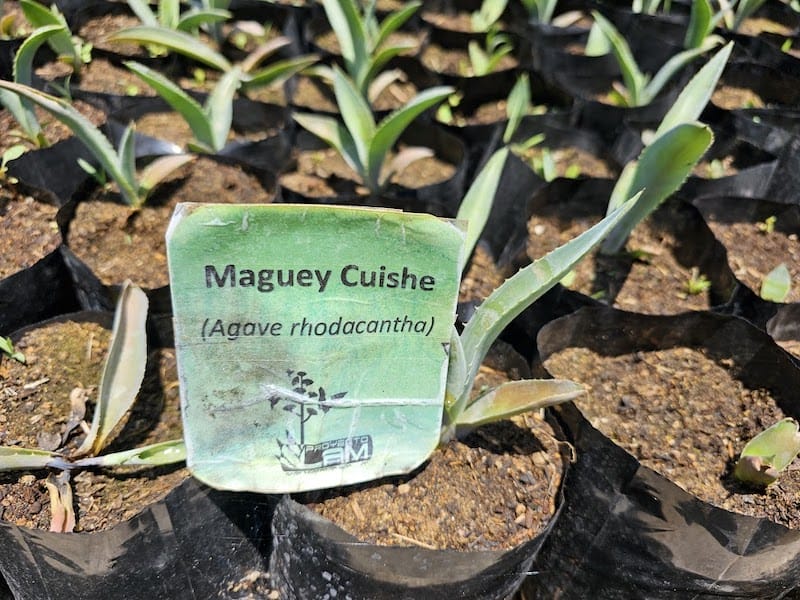
“When the mezcal boom started around 20 years ago, there were many promoters and enthusiasts searching for traditional mezcales,” Graciela says. “But they were never worried about the environmental impact involved in the accelerated growth of the mezcal agro-industry.” Many mezcal promoters and drinkers who came from the cities turned from consumers to producers of the spirit, taking advantage of a national and international market demand.
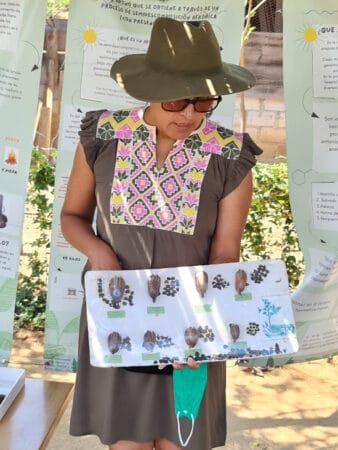
Meanwhile, the communities of farmers began to warn about the socioecological consequences of the mezcal boom, including the overexploitation of Espadín agave, deforestation to make space to extensively cultivate new agave, and unregulated production of mezcales using endangered agave species. Real Minero has always maintained that the preservation of local culture means the preservation of nature as well. Today, there is a term for this: Bio-Cultural Patrimony or Paisaje Natural y Cultural (PANACU).
This consciousness is evidently stronger among local communities, which embrace the farmers’ activities as part of a complex system that cannot depend only on making mezcal or products from any other single crop.
Recently, Proyecto LAM has expanded its reach to participate in various conservationist efforts beyond Oaxaca. They have been collaborating in projects in the Nevado de Colima and Sierra de Manantlán Biosphere Reserve in the State of Colima, and in another biological corridor called Tancítaro-Monarca, in Michoacán State.
It was during these collaborations with other environmentalist groups that Proyecto LAM got in touch with a social program called “Embajadores de la Tierra,” funded by Akron, a large Mexican energy corporation. Akron currently supports three different local projects in the state of Oaxaca, including Proyecto LAM. Akron decided to finance part of the construction of the seed bank as well as equipment for the public library. Akron has also sponsored several meetings for local mezcal producers.
The agave seed bank project is one more step towards the preservation of agave biodiversity in Oaxaca. One of its most important benefits is that the reproduction of maguey through this method guarantees the natural evolution of the species. Don Lorenzo’s family sees beyond the horizon, and it is certain that the new seed bank will guarantee that the next generations of mezcal lovers will be able to enjoy the ancestral Oaxaca spirit.
“Because only the authentic endures” – just as the Real Minero slogan declares.
Francisco de SantiagoFrancisco de Santiago
Published on August 10, 2023
Related stories
July 5, 2023
OaxacaI first met Socorro Irinea Valera Flores years ago, when Oaxaca was not yet under the spotlight of the culinary industry. As part of a high school project in which I had to map Oaxaca’s most “heartwarming” spots for food and drinks, I visited the iconic Aguas Casilda, a nearly 100-year-old storefront that has been…
March 22, 2023
OaxacaThe sunny, dry Oaxacan climate creates the perfect setting for enjoying cold drinks. While Oaxaca is known worldwide for its mezcal production, it’s beer that’s easily the most popular drink across the state. Whether served in ice-cold glasses with a plate of salty peanuts, alongside juicy tacos or guacamole, beer – affordable and easier to…
January 17, 2023
OaxacaFlor Heras (36), co-owner of the Heras family business El Rito and head chocolatier of Reina Negra Chocolate, wakes up every day with the goal to keep chocolate and mole evolving and resurrecting with the same passion the Mayans put into the preservation of their myths. Founded in 2010 by Flor’s father Luis Heras Cortés,…







































